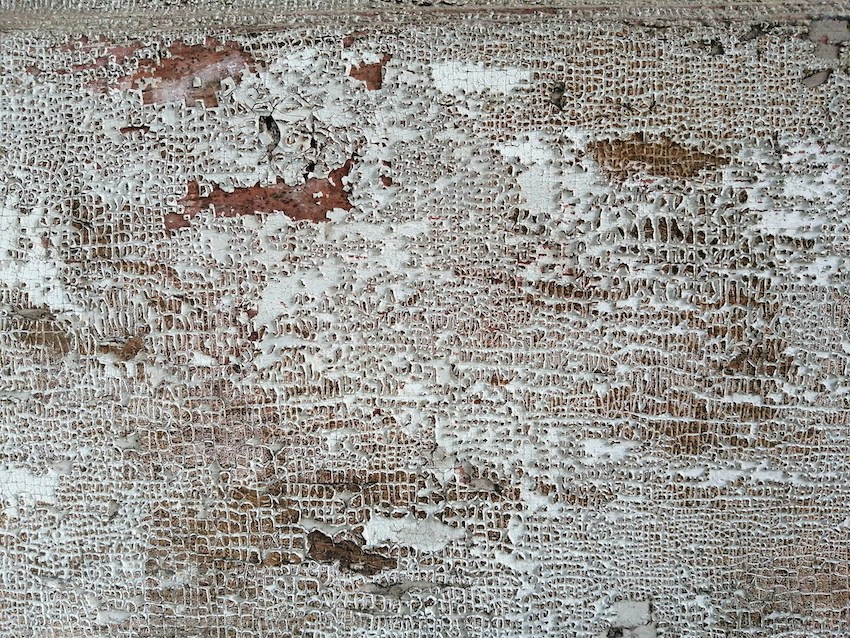The Story of Dunbar: Voices of a Vancouver Neighbourhood (Ronsdale Press), edited by Peggy Schofield, feels a bit like a family album. Technically I grew up just outside the borders of Dunbar, but I went to high school there so I consider myself an honorary Dunbarite (Dunbarian? Dunbite?). Among the many photographs in Schofield’s 44-page book is one of my grade 12 drama teacher, Miss Lawrence, as she looked during her third year on the job in 1929, long before my time. Another shows my parents’ old friend Jack Wood, a post-war contractor and land developer who built many of the homes that still adorn the Dunbar streetscape. Yet another shows my pal Tony (with whom I still play tennis), at age two, being taught by his father to handle a racquet in a local park. Dunbar was the centre of whatever Beatnik culture existed (flourished would be too strong a word) in Vancouver in the late 195s. I recall my older brother taking me to the Black Spot coffee house, where bearded, turtleneck-wearing nonconformists (as they were called in those days) gathered to exchange ideas. Fish netting was draped from the walls and a lone conga drum stood in the corner, and I am pleased that The Story of Dunbar acknowledges this now largely forgotten cultural landmark. The most surprising thing I learned was how multi-ethnic the origins of the neighbourhood were. I always knew that Dunbar encompassed the First Nations community of Musqueam at its southern edge, but it was news to me that a community of Chinese truck farmers was established at Musqueam in the late nineteenth century, ostensibly to show the Indians how to grow crops. There was also a small number of Japanese Canadians who made their living from salmon fishing until they suffered internment in 1942. In my day, Dunbar was a prosperous, white-bread suburb with just the occasional outbreak of juvenile delinquency (as it was called in those days) to disturb its placid existence. These teen “riots” (which Schofield and her colleagues for some reason do not mention) usually occurred on Halloween and resulted in little more than broken windows and egg-stained storefronts. How innocent it all seems now.







